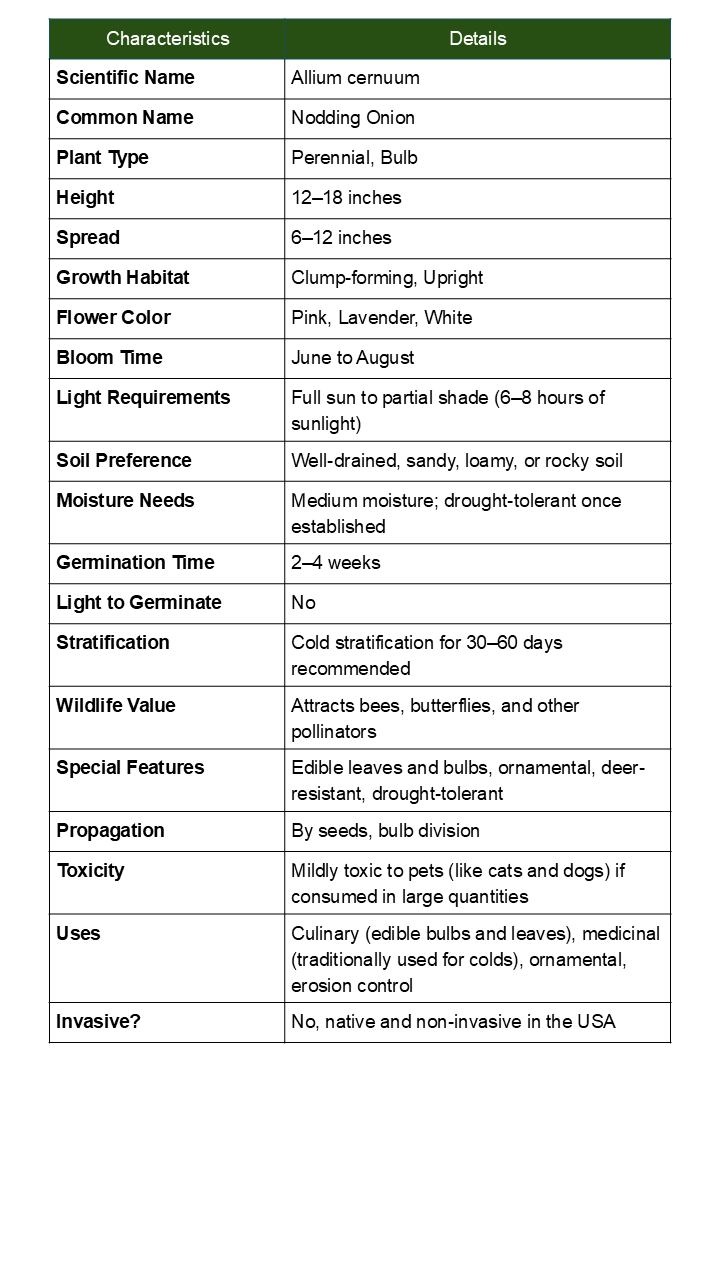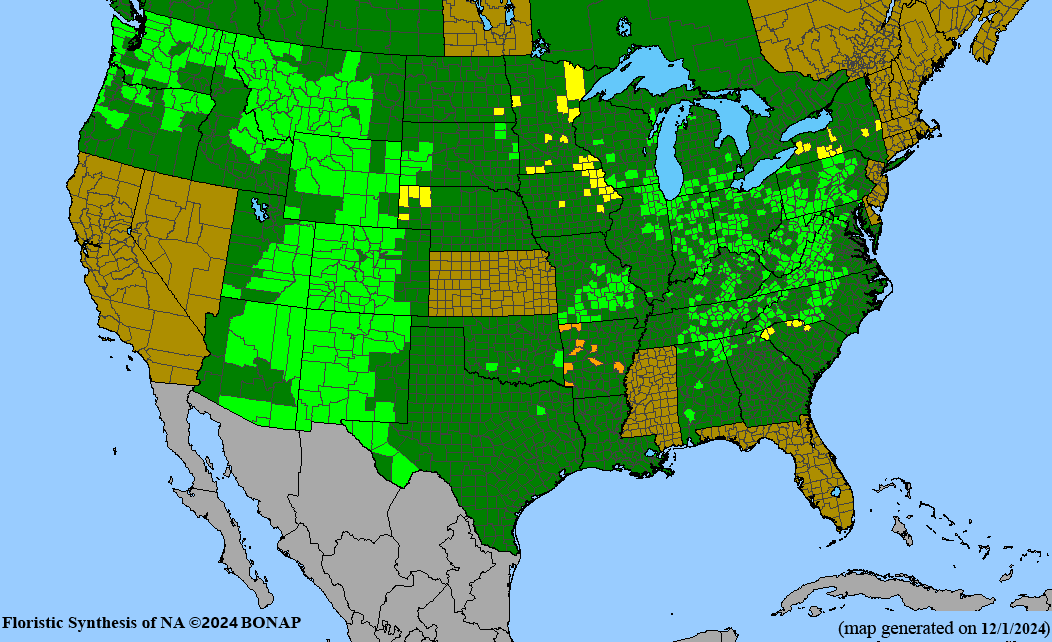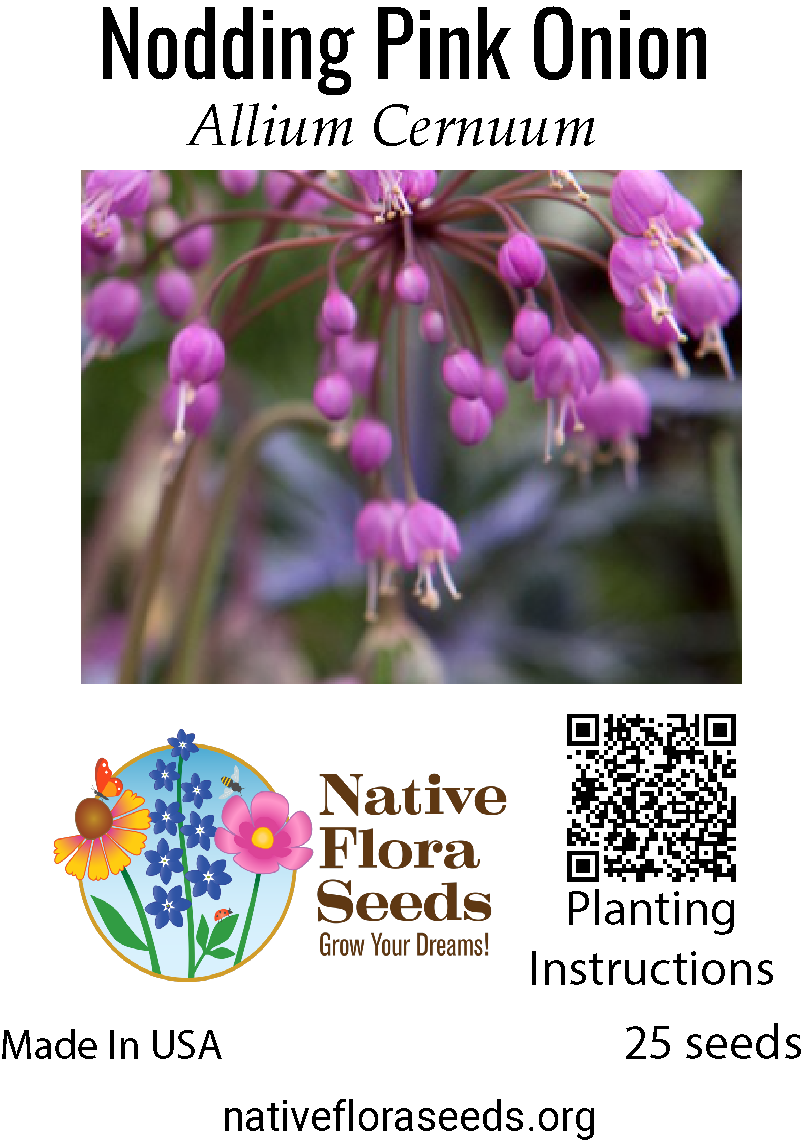Nodding Pink Onion Seeds - Native Wildflower (Allium cernuum) for Prairie Gardens
Regular price$4.00
/
Tax included.
3 reviews
Description
🌸 Discover the Graceful Beauty of Native Nodding Pink Onion
Experience the delicate charm of Allium cernuum, a stunning native wildflower that adds elegant pink blooms to late summer gardens. This hardy perennial produces distinctive nodding flower clusters that dance gracefully in the breeze, creating enchanting displays while supporting vital pollinators during the crucial late-season period.
✨ Key Features:
- Height: 12-18 inches tall with arching stems
- Bloom Time: Late summer to early fall (July-September)
- Flower Color: Soft pink to rose-purple nodding clusters
- Native Range: Eastern and Central North America
- Hardiness: USDA Zones 3-9
- Sun Requirements: Full sun to partial shade
🦋 Outstanding Wildlife Benefits:
- Essential late-season nectar source for butterflies and native bees
- Attracts beneficial insects when few other flowers are blooming
- Seeds provide food for birds through fall and winter
- Deer and rabbit resistant due to natural onion compounds
- Long-lasting blooms extend pollinator season into autumn
🌱 Easy Growing Guide:
- Soil: Well-drained soils, tolerates sandy and rocky conditions
- Drought Tolerance: Excellent once established
- Maintenance: Low maintenance, naturalizes readily
- Germination: Cold stratification recommended for 60-90 days
- Spacing: Plant 6-8 inches apart for natural drifts
🏡 Garden Uses:
Perfect for rock gardens, prairie restorations, naturalized areas, and cottage gardens. The unique nodding habit creates beautiful textural contrast with upright flowers.
Create stunning late-summer displays while supporting pollinators when they need it most. This charming native adds both beauty and ecological value to sustainable gardens.



